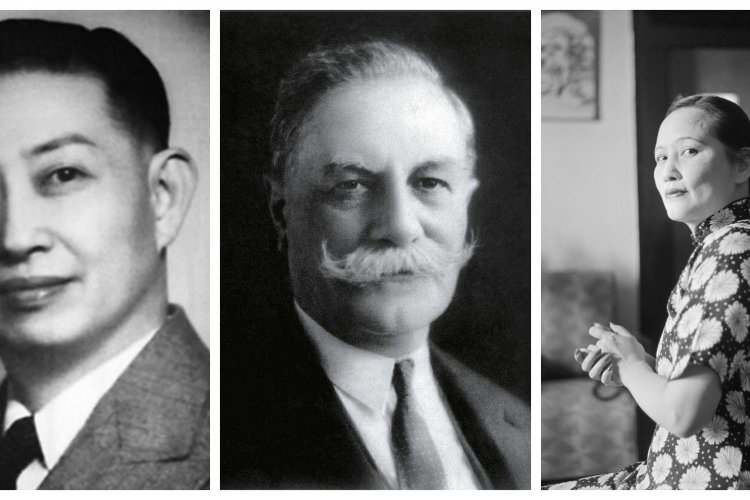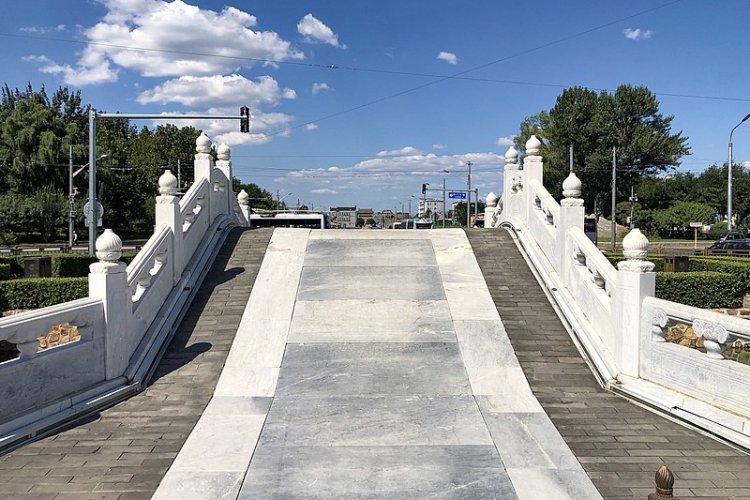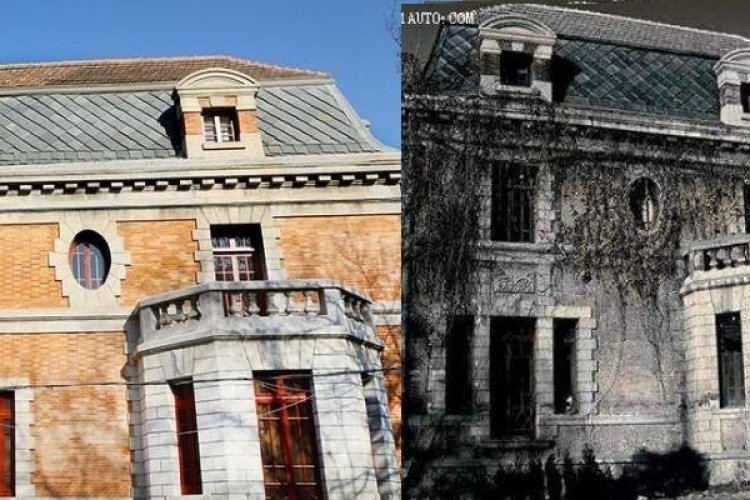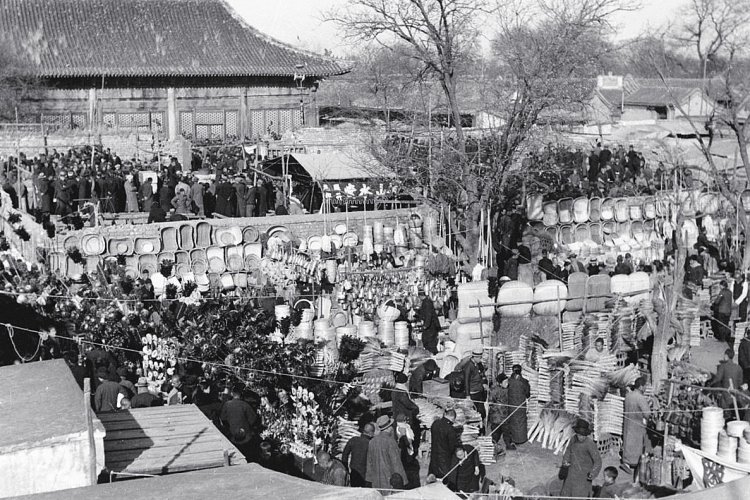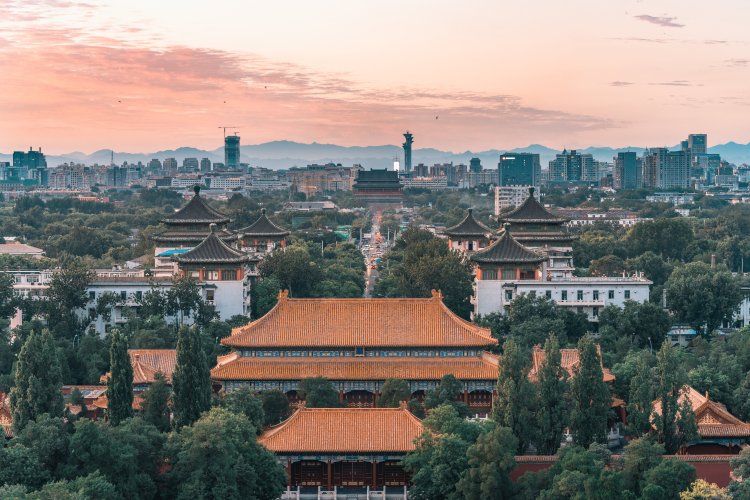Getting to Know Your Beijing Neighbors: Lao She
Who is he?
Lao She 老舍 is one of the most important and influential authors of the 20th century. His novel Rickshaw Boy (骆驼祥子 Luòtuó Xiángzi), published in 1936, tells the story of a hardworking young man attempting to find a place in Beijing as he toils around the city in his rickshaw making life easier for the urban elite while slowly realizing that his dreams might forever be just out of his grasp. If Lao She were alive today, he might have titled his book Waimai Xiangzi. Lao She's stories paint a vibrant picture of Beijing as a city replete with grit, warmth, chaos, grand aspirations, crushed dreams, nostalgia for the past, hope for the future, and many problems and challenges in the present.
Anything else?
His play Teahouse (茶館 Cháguǎn) traces the changes in Beijing in the early 20th century by checking in with the customers and staff of the eponymous establishment in three different eras, set between the end of the Qing Dynasty and the early years of the PRC. Lao She also published one of China’s earlier science fiction novels. In Cat Country (猫城记 Māochéngjì), which Lao She also intended as a not-very-thinly-veiled critique of China’s situation during the 1930s, an astronaut lands on Mars to find factions of cats too busy squabbling and scheming with each other to fend off conquest by an aggressive alien species. The book is great, the political metaphor is...not subtle.

What’s his connection to Beijing?
Lao She was born Shu Qingchun 舒庆春 in 1899 to a Manchu banner family on Xiaoyangjia Hutong near Xinjiekou Nanjie. His father served in the guard of the Plain Red Banner and was killed in action defending the city against the Allied Expeditionary Force during the Boxer War (1900-1901). Lao She would later take advantage of new forms of writing that used Chinese vernaculars to infuse his novels, short stories and plays with the language of Beijing, making the city come alive. It is not an exaggeration to say that Lao She is to Beijing what James Joyce is to Dublin. He is probably your Beijing friend’s favorite “classic” author.
What else should I know about his life?
Despite his early revulsion toward foreigners, after graduating from Beijing Normal University in 1918 and working as a teacher in Beijing and Tianjin, Lao She traveled to England, where he taught Chinese in London from 1924 to 1929. His first novel, Mr Ma and Son (二马 Ėrmǎ), heavily influenced by Charles Dickens, was written while Lao She was in Europe and published in 1926. Lao She found fame in the 1930s and remained a well-known author for over three decades until his death in 1966. Tragically, he was one of several authors and intellectuals who committed suicide during the early years of the Cultural Revolution, drowning himself in a lake (which no longer exists) not far from where he grew up near Xinjiekou.
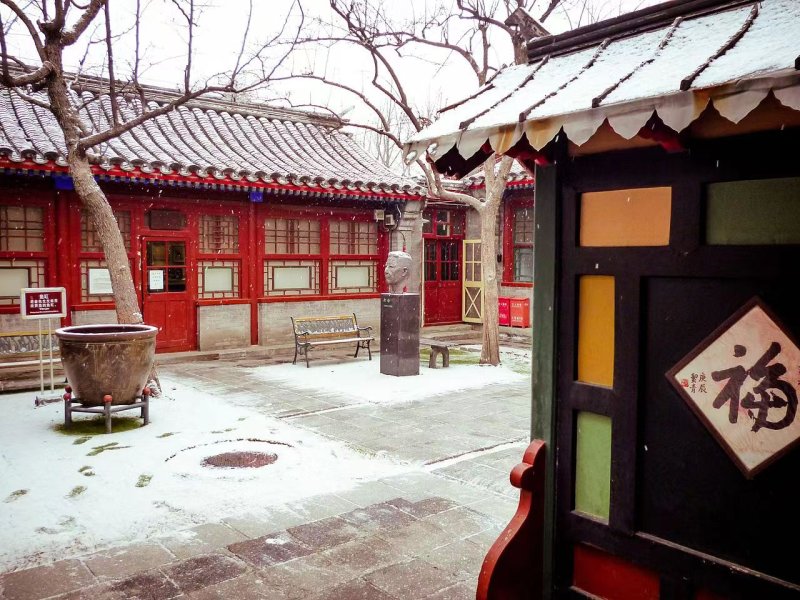
Anywhere I can visit to learn more about Lao She?
There are historical markers for his childhood home near Xiaoyangjia Hutong. In later years, he lived in the center of the city on the impossibly charming Fengfu Hutong, not far from Wangfujing, with his wife Hu Jieqing and their children in a lovely little courtyard. Today, the home has been restored as a museum of Lao She's life and works (including vinyl records with Lao She's own voice reciting Chinese vocabulary for his students’ benefit in London) and versions of his study, living room and other parts of the house. There’s also an unrelated performance space called the Lao She Tea House, but unless you are on a really tacky package tour of Beijing, you probably won’t go there. Nightly shows at this venerable Qianmen-area tourist trap include “curated” bits of opera, acrobatics, and ersatz kung fu.
What if I want to read more?
There’s a decent 2010 translation of Rickshaw Boy by Howard Goldblatt. While opinions vary about his translation style (a former Beijing resident and literary translator once snarkily remarked, "If Howard translated Moby Dick, the first line would come out as 'Hi there! My name is Ishmael!'), nevertheless Goldblatt has a long and well-earned track record for accessible translations of modern Chinese works, and we’d start here on our Lao She journey. There’s also a recent translation of Cat Country by William A. Lyle, while The play Teahouse is still performed regularly in Chinese. Collections of Lao She's short stories can also be found in translation in many bookstores around Beijing.
To find out more about Lao She, you can visit the Lao She Memorial Hall (19 Fengfu Hutong, 丰富胡同19号). The former residence is open Tuesday through Sunday, 9am-5pm daily. Entry is free but an appointment must be made on the memorial hall's official WeChat account before visiting. To do so, search 老舍纪念馆 Lǎo Shě Jìniànguǎn on WeChat and find the 预约参观 yùyuē cānguān option. Then, choose your preferred visiting time, input your personal information, and book.
READ: A Journey to Kaifeng: China's Other Ancient Capital
Images: Wikipedia, Wikimedia Commons


